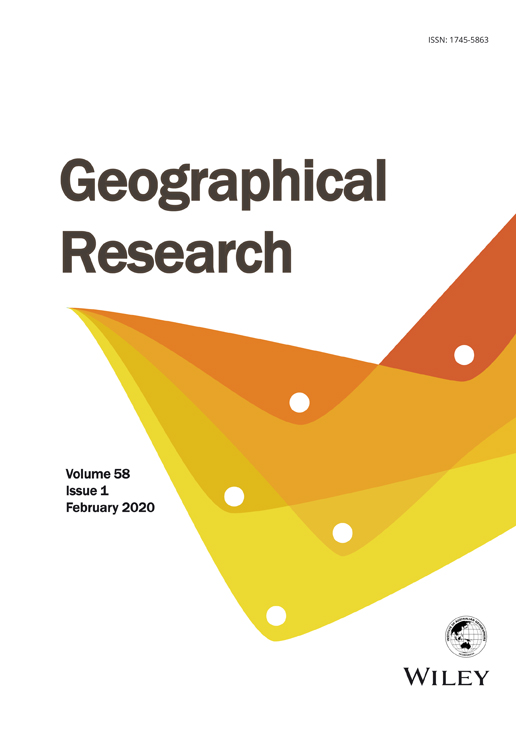Capturing spatial patterns of rural landscapes with point cloud
Abstract
Over the past few decades, rural landscapes have been the subject of increasing international cultural heritage research, and one of the most important issues under investigation at both theoretical and pragmatic levels concerns how to identify the spatial character of rural landscapes for conservation purposes. This article establishes an innovative approach adopting a cultural landscape perspective with the support of point cloud technologies to capture spatial patterns of rural landscapes. This approach was explored by reference to Tunpu villages in Guizhou, China—these being a specific kind of military fortress settlement. Cultural landscape values and landscape characters of Tunpu villages were identified using historical research and document analysis. Aerial and terrestrial photogrammetry and laser scanning systems were combined to collect and process spatial information at environmental, village, and architectural scales. Point cloud models can quantitatively represent villages' spatial patterns and inform the interpretation of their heritage significance. We conclude that the strengths of point cloud technologies could meet the requirements of rural landscape heritage documentation from a cultural landscape perspective. This mixed-technology approach could also greatly improve the efficiency and precision of traditional rural landscape documentation, which has the potential to change methodologies applied to rural landscape research and management.




